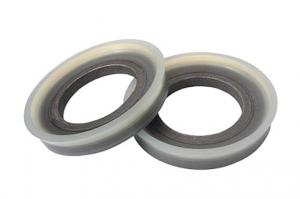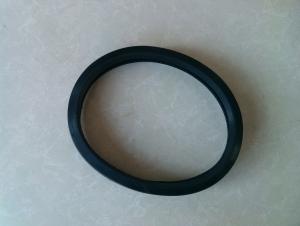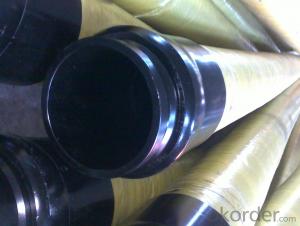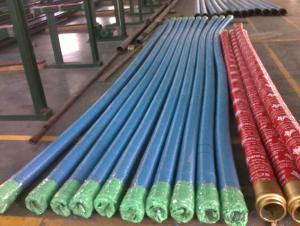Accessories---Vacuum Pump、Air Compressor、Kiln Wheel Parts、Forklift、Excavator、Loader
- Loading Port:
- China main port
- Payment Terms:
- TT OR LC
- Min Order Qty:
- 1 unit
- Supply Capability:
- 50 unit/month
OKorder Service Pledge
OKorder Financial Service
You Might Also Like
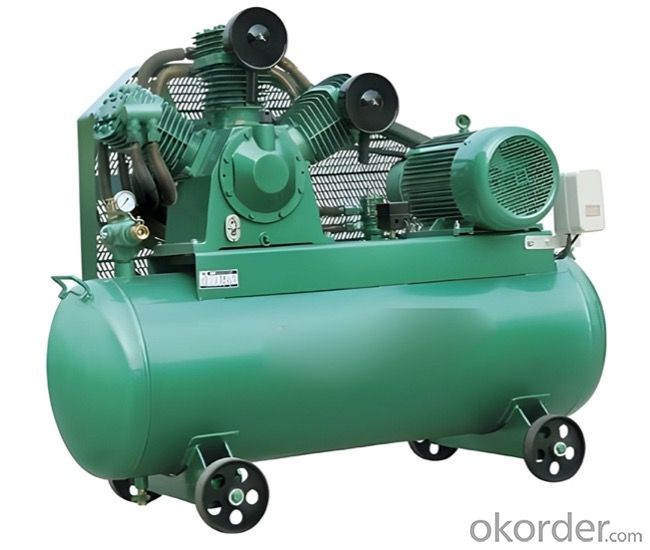
A vacuum pump is a device that draws gas molecules from a sealed volume in order to leave behind a partial vacuum. The job of a vacuum pump is to generate a relative vacuum within a capacity.
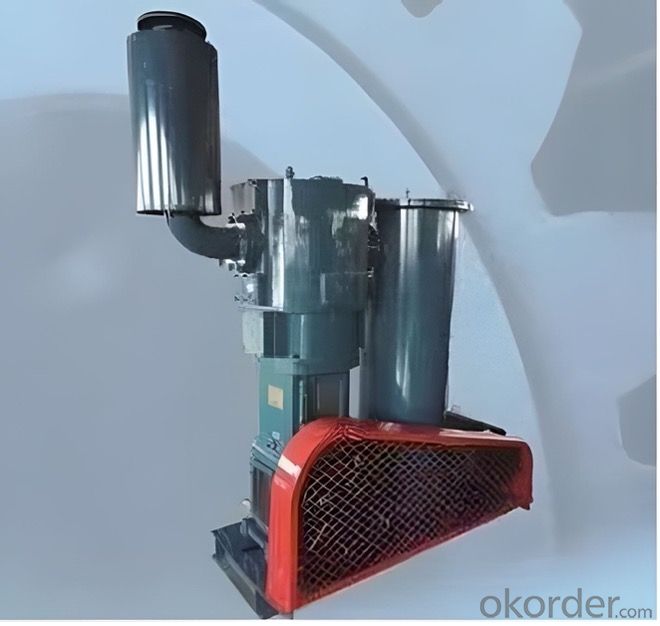
An air compressor is a pneumatic device that converts power (using an electric motor, diesel or gasoline engine, etc.) into potential energy stored in pressurized air (i.e., compressed air). By one of several methods, an air compressor forces more and more air into a storage tank, increasing the pressure. When the tank's pressure reaches its engineered upper limit, the air compressor shuts off. The compressed air, then, is held in the tank until called into use. The kinetic energy provided by the compressed air can be used for a variety of applications such as pneumatic tool as it is released air and the tank depressurizes. When tank pressure reaches its lower limit, the air compressor turns on again and re-pressurizes the tank. An air compressor must be differentiated from a pump because it works for any gas/air, while pumps work on a liquid.
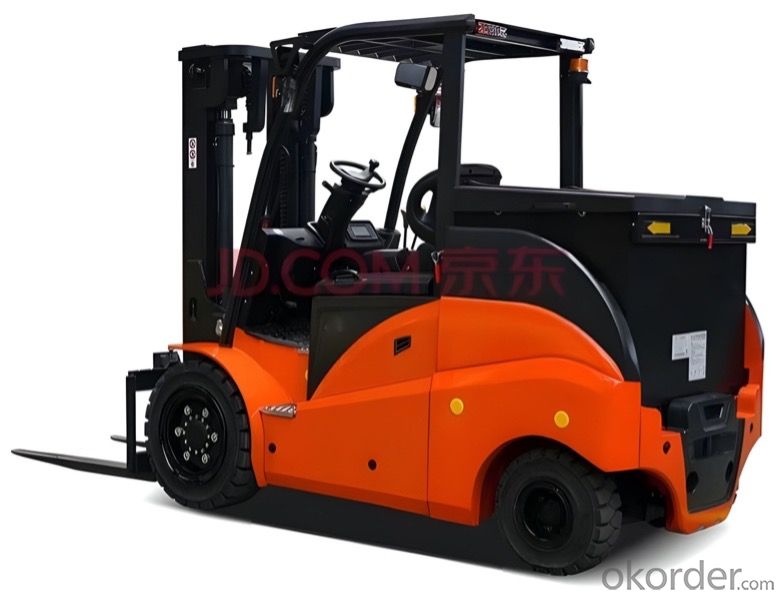
A forklift (also called lift truck, jitney, fork truck, fork hoist, and forklift truck) is a powered industrial truck used to lift and move materials over short distances.
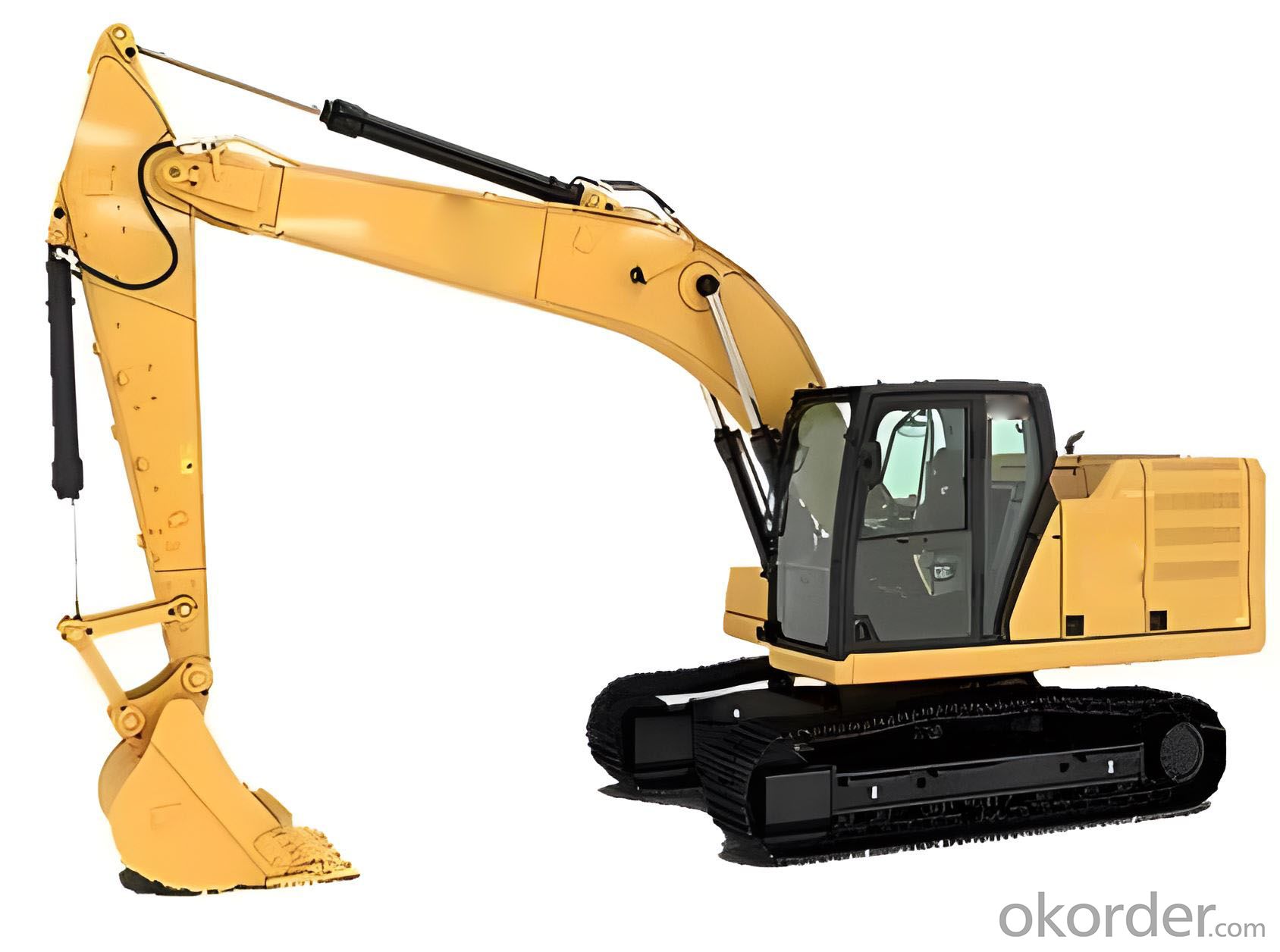
Excavators are heavy construction equipment consisting of a boom, dipper (or stick), bucket and cab on a rotating platform known as the "house". The house sits atop an undercarriage with tracks or wheels. They are a natural progression from the steam shovels and often mistakenly called power shovels. All movement and functions of a hydraulic excavator are accomplished through the use of hydraulic fluid, with hydraulic cylinders and hydraulic motors. Due to the linear actuation of hydraulic cylinders, their mode of operation is fundamentally different from cable-operated excavators which use winches and steel ropes to accomplish the movements.
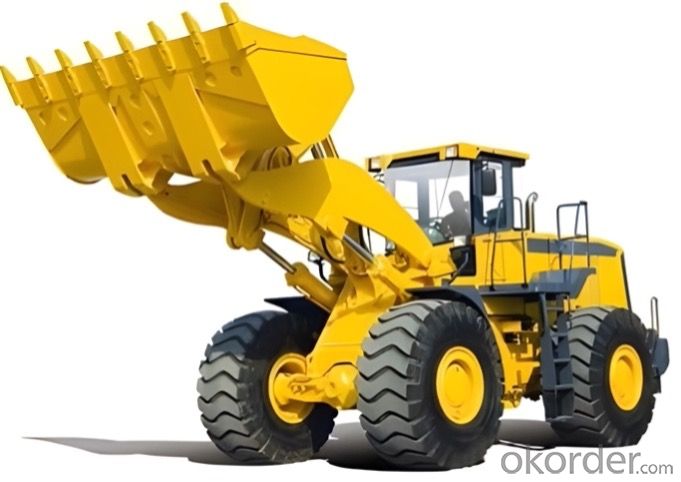
Loader is a kind of earth and stone construction machinery widely used in highway, railway, construction, hydropower, port, mine, and other construction projects. It is mainly used to shovel bulk materials such as soil, sand, lime, coal, etc., hard soil, etc. for light shovel excavation. It can also carry out bulldozing, lifting, and loading and unloading of other materials such as wood by changing different auxiliary working devices.
- Q: What are the advantages of using pre-assembled spare parts for concrete pumps?
- There are multiple benefits to utilizing pre-assembled spare parts for concrete pumps. To begin with, the use of pre-assembled spare parts guarantees a swift and efficient replacement process. As these parts come already assembled, they can be effortlessly installed without the need for additional time or effort to assemble them. This helps to reduce downtime and increase productivity on construction sites, as the concrete pump can be swiftly repaired and put back into operation. Additionally, the utilization of pre-assembled spare parts ensures a high level of quality and compatibility. These parts are produced by the original equipment manufacturer (OEM) or authorized suppliers, guaranteeing that they meet the necessary standards and specifications. By employing authentic pre-assembled parts, the performance and longevity of the concrete pump are maintained, minimizing the risk of malfunctions or breakdowns. Another advantage is the cost-effectiveness of pre-assembled spare parts. While the initial cost of these parts may be slightly higher than individual components, they often prove to be more cost-effective in the long run. By purchasing pre-assembled parts, construction companies can avoid the extra costs associated with assembly, such as labor and time. Additionally, using high-quality pre-assembled parts reduces the need for frequent replacements and repairs, saving money on maintenance and downtime expenses. Furthermore, pre-assembled spare parts offer convenience and reliability. Construction projects frequently have strict deadlines, and any delays can be expensive. By having pre-assembled spare parts readily available, construction teams can promptly address any breakdowns or failures, minimizing disruptions to the project timeline. Additionally, the reliability of these parts ensures that the concrete pump will consistently and efficiently operate, reducing the risk of unexpected issues on the construction site. In conclusion, the advantages of utilizing pre-assembled spare parts for concrete pumps encompass quick and efficient replacement, high quality and compatibility, cost-effectiveness, as well as convenience and reliability. By adopting these pre-assembled parts, construction companies can ensure smooth operations, minimize downtime, and maximize productivity on their projects.
- Q: How often should hopper grate clamps be inspected or replaced in a concrete pump?
- Regular inspections of hopper grate clamps in a concrete pump are essential to ensure they are functioning correctly. It is recommended to inspect them on a monthly basis. However, the frequency of inspection may vary based on how frequently the pump is used and the operating conditions it is subjected to. If the concrete pump is used extensively or exposed to harsh environments, more frequent inspections may be needed, such as every two weeks or even weekly. Conversely, if the pump is used infrequently or operates in less demanding conditions, inspections can be done less frequently, such as every two to three months. The objective of these inspections is to detect any signs of wear, damage, or deterioration in the hopper grate clamps. Any loose or worn-out clamps should be replaced promptly to prevent accidents or interruptions during concrete pumping operations. Ensuring the hopper grate clamps are in good condition is crucial for safety and to effectively secure the hopper grate, preventing any undesired material spillage. By conducting regular inspections and timely replacements of hopper grate clamps, the efficiency and reliability of the concrete pump can be maintained. This will ensure uninterrupted operation and minimize the risk of potential issues.
- Q: How often should a concrete pump cleaning ball be used?
- To guarantee the cleanliness and optimal operation of the pump, it is necessary to employ a concrete pump cleaning ball after each pumping task or at the very least, on a daily basis. This cleaning ball aids in the elimination of any residue or particles that might have amassed within the pump and its conduits during the pumping procedure. Consistently utilizing a cleaning ball prevents the occurrence of obstructions and hindrances, thereby ensuring a seamless and effective pumping operation.
- Q: Are there any specific guidelines for the installation of wear plates or cutting rings in concrete pump spare parts?
- Yes, there are specific guidelines for the installation of wear plates and cutting rings in concrete pump spare parts. These guidelines typically include instructions on proper alignment, torque specifications for bolts, and the use of appropriate lubricants. Following these guidelines ensures optimal performance and longevity of the wear plates and cutting rings in concrete pump spare parts.
- Q: How often should hopper grate springs be inspected or replaced in a concrete pump?
- To ensure optimal performance and prevent potential issues, it is essential to regularly inspect the hopper grate springs in a concrete pump. The frequency of inspection or replacement depends on factors such as pump usage, operating conditions, and manufacturer recommendations. However, a general rule is to inspect the springs at least every six months or after every 500 hours of operation, whichever comes first. During the inspection, thoroughly examine the springs for any signs of wear, damage, or deformation. Check for cracks, excessive rust, or loss of tension. If any of these issues are found, immediate replacement is necessary to maintain proper functioning of the hopper grate system. Regular inspection and timely replacement of hopper grate springs are vital to prevent clogging or blockage in the hopper, which can lead to pump malfunctions or downtime. It is advisable to consult the concrete pump manufacturer's guidelines or seek assistance from a professional technician to determine specific inspection and replacement intervals based on the pump's make and model.
- Q: How do I properly maintain and replace hydraulic motors in concrete pump spare parts?
- To ensure smooth operation and long-lasting performance of concrete pump spare parts, it is crucial to properly maintain and replace hydraulic motors. Here are some effective steps to guide you: 1. Regularly inspect the hydraulic motors to detect any signs of wear, damage, or leaks. Ensure the fluid levels are at the recommended levels. 2. Keep the hydraulic motors clean by removing dirt, debris, and contaminants. This prevents overheating and minimizes the risk of internal component damage. 3. Follow the manufacturer's recommendations and regularly check and change the hydraulic fluid. Clean and replace filters to prevent damage-causing particles. 4. Lubricate the hydraulic motors according to the manufacturer's instructions. This reduces friction and wear on moving parts, improving overall performance and lifespan. 5. Operate the concrete pump within the recommended load and pressure limits specified by the manufacturer. Excessive pressure or overloading can stress the hydraulic motors, leading to premature failure. 6. Keep track of the service life and usage of hydraulic motors. Over time, they may become less efficient. Promptly replace them to avoid disruptions to concrete pumping operations. 7. If unsure about maintenance or replacement, seek professional assistance. Professionals have the expertise to carry out tasks correctly, ensuring safety and optimal performance of concrete pump spare parts. By following these steps, you can effectively maintain and replace hydraulic motors in concrete pump spare parts, ensuring equipment longevity and efficiency.
- Q: What are the different types of concrete pump hopper agitator motors?
- There are generally two types of concrete pump hopper agitator motors: electric motors and hydraulic motors. Electric motors are powered by electricity and are commonly used in smaller and portable concrete pumps. Hydraulic motors, on the other hand, are driven by hydraulic power generated by the concrete pump itself and are typically used in larger and stationary concrete pumps.
- Q: How long do rubber pistons typically last in a concrete pump?
- Rubber pistons in a concrete pump typically last for several thousand pumping hours before they need to be replaced. However, the lifespan can vary depending on factors such as the quality of the rubber, the intensity of use, and the maintenance practices followed.
- Q: What is the function of a concrete pump hydraulic motor?
- The function of a concrete pump hydraulic motor is to provide the necessary power and force required to operate the concrete pump. The hydraulic motor is responsible for converting hydraulic energy into mechanical energy, which allows the pump to work efficiently and effectively. It drives the pumping mechanism, allowing the concrete to be pumped through the pipeline and delivered to the desired location. The hydraulic motor also controls the speed and direction of the pump, enabling precise placement of the concrete. Overall, the concrete pump hydraulic motor plays a crucial role in ensuring the smooth operation and successful delivery of concrete in construction projects.
- Q: What is the role of a concrete pump hopper grate pin retainer?
- A concrete pump hopper grate pin retainer plays a crucial role in ensuring the safety and functionality of a concrete pump. It is responsible for securing the grate pins in place, which in turn helps to hold the hopper grate firmly in position. The hopper grate is an important component of a concrete pump as it acts as a barrier, preventing any debris or foreign objects from entering the hopper and potentially causing damage to the pump or interfering with the concrete mixing process. The grate pins, located on the sides of the hopper, help to keep the grate securely in place. The concrete pump hopper grate pin retainer is specifically designed to hold the grate pins firmly and prevent them from becoming loose or dislodged during the pumping operation. By keeping the grate securely in position, it ensures that the hopper remains free from any unwanted materials and maintains a smooth and uninterrupted flow of concrete. Furthermore, the pin retainer also helps to prevent potential accidents or injuries by minimizing the risk of the grate coming loose or falling off during operation. This is particularly important when working in construction sites or other high-risk environments, where the safety of workers and equipment is of utmost importance. In summary, the role of a concrete pump hopper grate pin retainer is to provide stability and security to the hopper grate by holding the grate pins firmly in place. It ensures the smooth functioning of the concrete pump by preventing any debris from entering the hopper and maintains a safe working environment by minimizing the risk of accidents or injuries.
Send your message to us
Accessories---Vacuum Pump、Air Compressor、Kiln Wheel Parts、Forklift、Excavator、Loader
- Loading Port:
- China main port
- Payment Terms:
- TT OR LC
- Min Order Qty:
- 1 unit
- Supply Capability:
- 50 unit/month
OKorder Service Pledge
OKorder Financial Service
Similar products
Hot products
Hot Searches
Related keywords
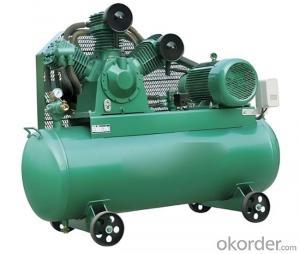
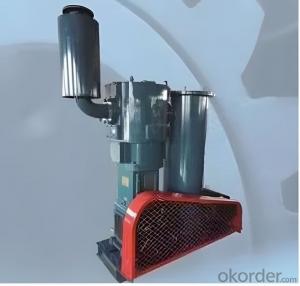
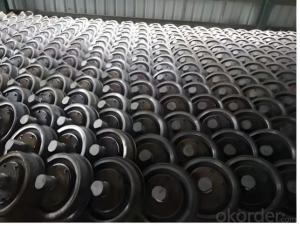
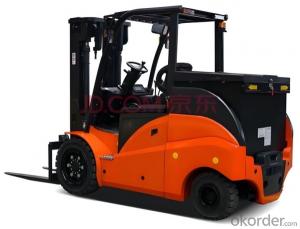
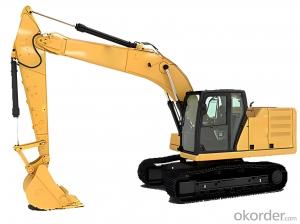
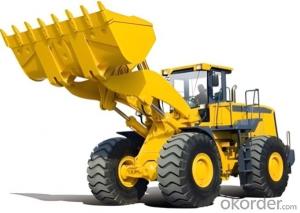
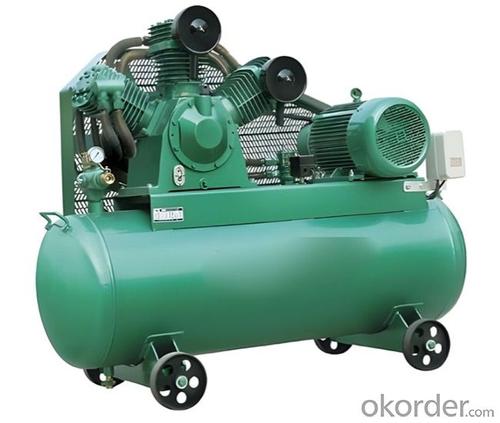

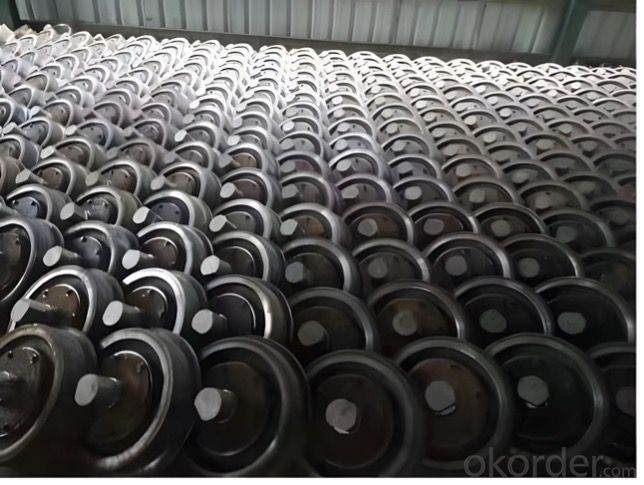


 Xi'an Research and Design Institute of Wall & Roof Materials Co,.Ltd.
Xi'an Research and Design Institute of Wall & Roof Materials Co,.Ltd.







